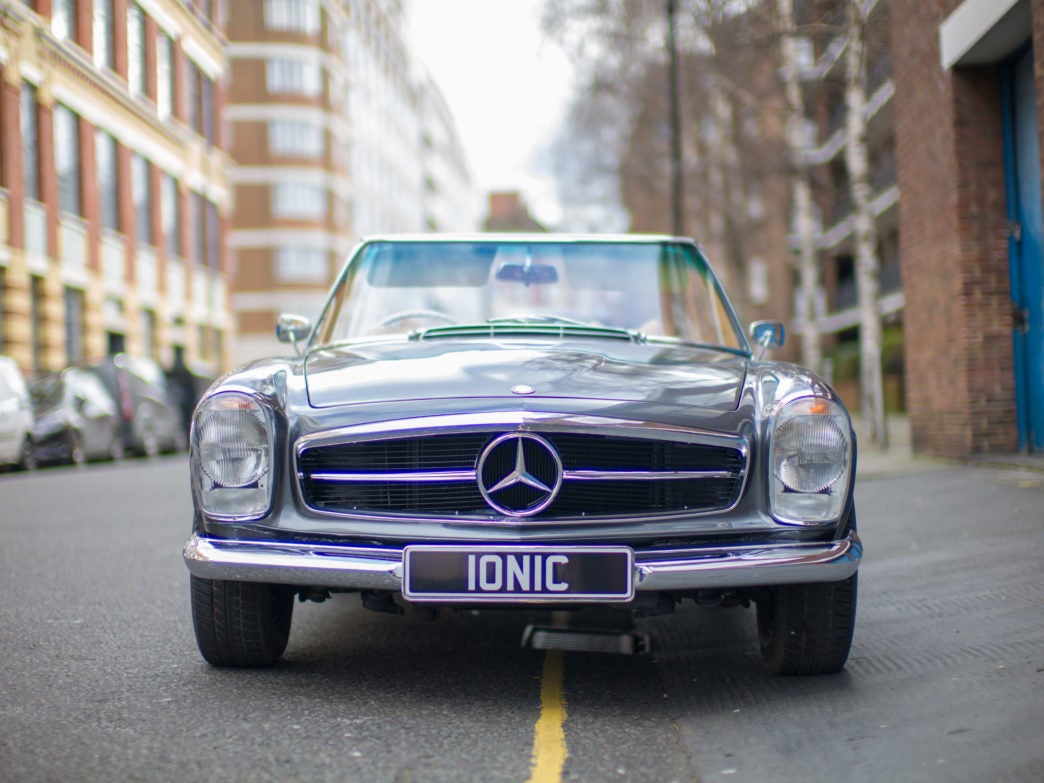
This story originally appeared in the March/April 2017 issue of Elite Traveler.
Of all the significant news to surface from the Los Angeles Auto Show, one of the best announcements had nothing to do with cutting-edge technology or forward-thinking design. Jaguar Classic, the division of Jaguar Land Rover in charge of historical preservation, dropped cover on an all-new XKSS, with a production run of just nine units, designed to the exact specifications of the iconic model originally created in 1957. This is the same Jaguar of Steve McQueen fame – a car that the King of Cool himself owned, loved, parted ways with and, after 20 years of regret, reacquired from the Las Vegas tycoon he’d sold it to.

The count of nine cars makes sense in light of the svelte Jag’s story. The XKSS was originally projected to be a limited series of 25 cars, but a tragic factory fire laid claim to nine examples. These current cars will use the original serial numbers first allotted to the nine scrapped cars, thus closing the door on the brand’s “unfinished business.”
Much like it did with the run of six E-Type Lightweight coupés in 2014–15, Jaguar Classic spent significant time and resources to blueprint four of the 16 original XKSS cars in existence to ensure an absolutely accurate build.
One could be quick to speculate that modern manufacturing methods would be used to help streamline the build process of these recreations; however, this couldn’t be further from the truth. From the magnesium alloy and hand-rolling techniques used to create its body panels, to the bronzewelding technique used to construct its frame, Jaguar Classic has pulled out all the stops to ensure these rare beasts are as true to the original as possible.
The only step outside of its classic roots falls in the fuel system, since a stronger and safer fuel cell is used to protect its occupants in the event of a crash, and different gaskets are used in a handful of places to account for the fact that the current model will be running on unleaded fuel. When
it comes to everything else – the original Smiths gauges, the two-piece magnesium-alloy wheels and even the size, type and location of the thousands of rivets that hold many key components in place – every last detail is as it was in the 1957 model. Of course the 10,000+ man hours required to complete each build comes at a premium, with each car already being earmarked as sold for a cool $1.4m.







